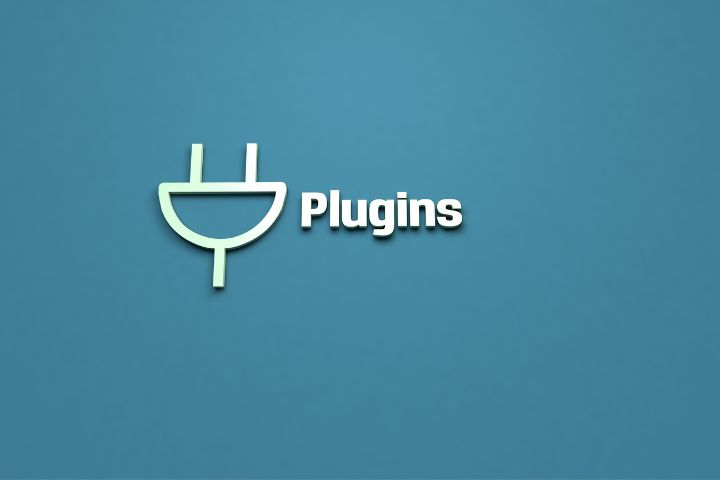In the digital age, your website is often the first impression you make on potential customers or readers. How it looks, feels, and responds plays a crucial role in your online success. This comprehensive guide will take you through essential steps in setting up your site with the right themes and plugins, and optimizing its speed to ensure it’s not just attractive but also blazingly fast.
Selecting the Perfect Theme for Your Website
1. The Foundation of Your Site’s Design
GeneratePress, Astra, Kadence and Bimber: These themes are known for their flexibility, speed, and ease of use. They provide a solid foundation for any website, whether you’re running a blog, a business site, or an e-commerce platform.
2. Why Your Choice of Theme Matters
Impact on Speed and User Experience: A well-coded theme like GeneratePress, Astra or Kadence ensures your site is fast and user-friendly. Bimber, on the other hand, offers engaging, viral-style design elements.

Essential Plugins & Tools for a Robust Website
3. Enhancing Functionality and Security
• RankMath for SEO: Optimize your site’s search engine performance.
• UpdraftPlus for Backups: Regularly backup your site to safeguard against data loss.
• Wordfence for Security: Protect your site from malicious attacks.
• Contact Form 7: Easily create and manage contact forms.
• Caching Solutions: Consider WP Super Cache, Litespeed, Autoptimize, or WP Total Cache to improve site speed.
4. The Role of Plugins in Site Performance
Balancing Features with Speed: While plugins add functionality, it’s crucial to use only what you need to avoid slowing down your site.
Mastering Page Speed Optimization for Maximum Performance
5. The Need for Speed: Testing and Enhancing Your Site
• Google PageSpeed Insights: Regularly test your site to identify areas for improvement.
• Optimized Caching: Ensure your caching plugin is correctly configured to enhance site speed.
• CDN Utilization: A Content Delivery Network can significantly speed up content delivery globally.
• Image Optimization: Compress images without losing quality and ensure future uploads are optimized.
• Plugin Audit: Regularly review your plugins and deactivate any that are no longer necessary.
• Code Minification: Minify CSS, JavaScript, and HTML where possible to reduce load times.
• Database Optimization: For older sites, cleaning up the database can lead to speed improvements.
• Invest in Quality Hosting: Your hosting provider plays a critical role in your site’s performance; choose the fastest you can afford.
• Keep Everything Updated: Regularly update WordPress and plugins to ensure optimal performance and security.
• Lazy Loading: Implement lazy loading so that images and videos load only as they’re about to enter the viewport.
• Video Optimization: Use image thumbnails for embedded videos to reduce initial load time.

6. The Compound Effect of Optimization
Every Second Counts: In the online world, page load time can make or break user engagement. Implementing these strategies will not only enhance user experience but also improve your site’s ranking in search engines.
Conclusion
Building a website that’s both aesthetically pleasing and high-performing is like conducting an orchestra – every element needs to work in harmony. By carefully selecting your themes, judiciously using plugins, and focusing on speed optimization, you set the stage for a successful, engaging online presence that resonates with your audience and achieves your digital goals.





